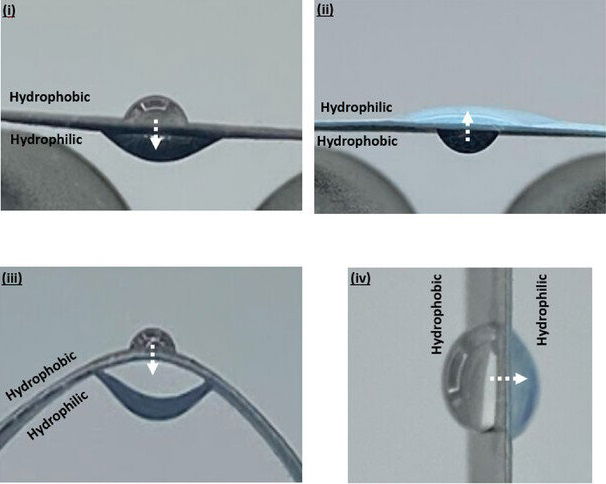
Wearable electronics, especially those that help with health care, have become popular over the past few years. But figuring out how to power these devices has been a big challenge.
Regular batteries are commonly used, but they can be bulky and may not last long with continuous use.
Some devices rely on wireless power, but these systems have limited range and aren’t practical for all situations.
A team at Binghamton University, led by Professor Seokheun “Sean” Choi, has come up with an innovative solution: a paper-based device that captures moisture from the air and turns it into electricity.
This device, designed with help from Assistant Professor Anwar Elhadad and Ph.D. student Yang “Lexi” Gao, could provide a steady and efficient power source by using water in the air.
The team’s research, recently published in the journal Small, explains how the device works.
The device is made of paper and contains bacterial spores that help break down water molecules into positive and negative ions, creating an electric charge.
This charge is possible because of the unique design of the paper, which allows it to absorb moisture and store ions at different levels.
To make the device even better at capturing moisture, the researchers added a special layer called Janus paper.
This layer has two sides: one side attracts water (hydrophilic), while the other repels it (hydrophobic). This setup helps to trap water molecules inside the device until they can be converted into electricity.
This work is part of Professor Choi’s vision of “papertronics”—devices made entirely of paper that are flexible, wearable, and environmentally friendly. Unlike regular electronics, which can create waste and pollution, these paper-based devices can be used and easily disposed of without harming the planet.
Choi believes that such a generator could be used for low-power devices like sensors, drug delivery systems, or even electrical stimulators. Future goals include increasing the device’s power output, improving energy storage, and possibly shrinking it to the size of tiny micro-electromechanical systems (MEMS).
The team sees many possibilities with this moisture-powered device. They’re even thinking about experimenting with origami-inspired folding techniques to make it more compact.
As Choi explains, he isn’t interested in devices that last for months. Instead, he prefers creating short-term, disposable devices that won’t end up as electronic waste.
This device could change the way we power wearable technology by offering a cleaner, more flexible, and environmentally friendly solution that doesn’t rely on traditional batteries.
Source: Binghamton University.



